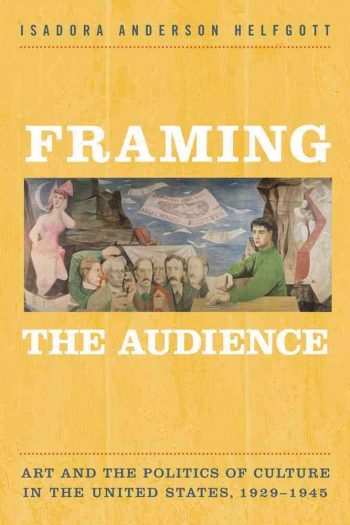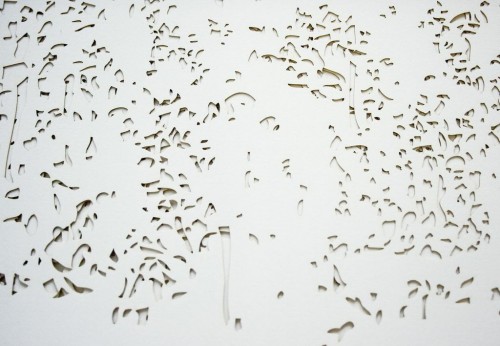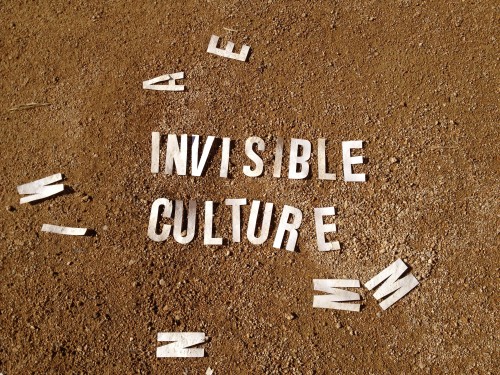A Tour of the Tactical Subjunctive: Virtually Visiting the Guantanamo Bay Museum of Art and History
by Daniel Grinberg In the Tipton Three Exhibition Space, a projection screen displays “Hung Lazy Boy.”1 Created by artists Carling McManus and Jen Susman, this animated GIF features the eponymous chair dangling in chains in a living room. On repeat, the chair swings near a home entertainment system and threatens—but never manages—to yield to the imperatives of gravity. Because this cryptic sequence is showing at the Guantanamo Bay Museum of Art of History (hereafter referred to as the Museum), its precarious status may prompt associations like the hooded man of Abu Ghraib; practices of bondage, hanging, and lynching; or the recliners in which some Guantanamo detainees consume media or receive force-feedings. It also suggests that Americans cannot shut out their government’s abuses in the fortresses of their comfortable homes. In the same exhibition space, a 59-minute digital video, “Performing the Terror Playlist” is playing.2 This work by Adam Harms is a found collage of karaoke singers who perform the songs that interrogators blared nonstop for twenty-four hours to physically and psychologically torture detainees.3 The sound …



